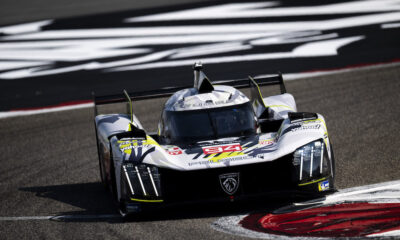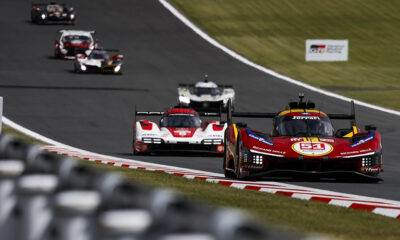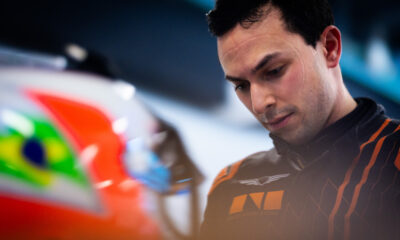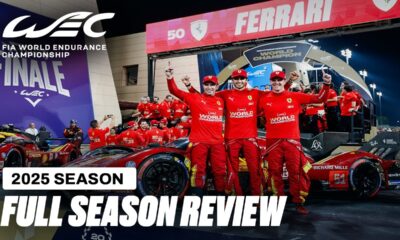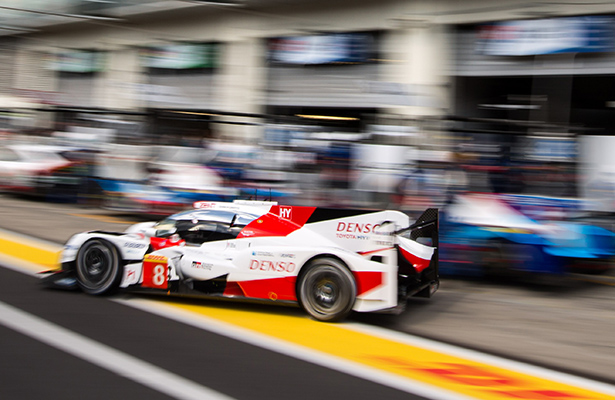
Photo: Toyota
The proposed 2020 LMP1 regulations will likely produce the “fastest” electric cars of its time, according to Toyota Gazoo Racing technical director Pascal Vasselon.
Toyota has thrown its weight behind the FIA and ACO’s plans to further the electrification of the World Endurance Championship, which will see a 1 km “electric stretch” and fast-charging for LMP1 hybrids introduced into each round.
The Japanese manufacturer, which along with Porsche and Peugeot played a role in shaping the new set of regulations, supports the step forward in technology, as long as overall budgets can be stabilized or potentially reduced.
“We need a given level of technology which we find in the 2020 regulations and we are happy with that,” Vasselon said.
“We want to save as much costs as possible, so we tried to have a difficult balancing act to think and develop the technology level but reduce costs in all areas where we can still race to a good level and showcase the technology we want to showcase.
“It will be interesting because we will showcase probably the fastest electric cars of the moment.”
While championships such as Formula E utilize an all-electric car, top speeds are limited due to the longevity required to complete an entire sprint race on full electric power.
The WEC’s plan would be different, with only a 1 km stretch of zero-emission driving, which would start from pit-out following each pit stop. Plans are also in place to finish the races on full electric power, although the parameters have yet to be defined.
Vasselon said we should see “competitive” speeds, likely equivalent to LMP2 cars, on the electric stretch.
“At the moment we are using the motors for a couple of seconds, but here we are talking about 20-plus seconds,” he said.
“It’s an interesting challenge and our people from the hybrid division are quite happy to look at it.
“For them, it will trigger a lot of development which are all relevant.”
While details have yet to be fully defined, Vasselon indicated that the first-generation plug-in charging systems would likely be common between all manufacturers but the hybrid technology in each car remaining unique.
“We will all use our different systems to cover the 1 km of the zero-emission sector, as fast as possible, with the best possible compromise for the rest of the stint,” he said.
Vasselon said the fast-charging plug-in system would not necessarily lead to longer pit stops.
“We are talking about seconds,” he said. “We will have to define the safety procedures but we are talking about charging in a couple of seconds, not a couple of minutes.
“We are talking five or six seconds of connection, so a really fast charge.
“I would think for safety we’d do fuel and then fast-charging, but we will have a group of expert people who will work on that to define it, but the fast-charging will be fast.”
While there’s uncertainty over the future of Porsche in LMP1, Vasselon said further strides in technology made in the championship will help position Toyota for a long-term future in the class.
Toyota is currently committed to the WEC through the end of the present cycle of regulations, which ends in 2019.
“Obviously Le Mans has existed for a very long time without fast-charging, but at the moment, considering where the hybrid system goes in the automotive industry, it is very relevant to have developed this kind of regulation,” Vasselon said.
“It’s globally relevant and it proposes challenges to the hybrid guys which interests them at the moment. We are quite positive with these regulations.
“We at Toyota always say that it is essential for us that the WEC continues to showcase all relevant technology. If we empty WEC from technology, then for us it would become too expensive.”



















